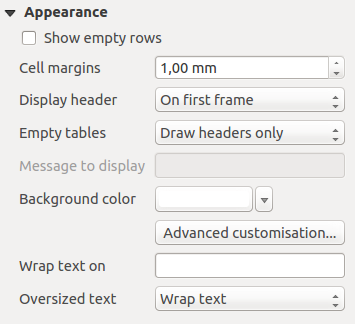

A range domain can be applied to short-integer, long-integer, float, double, and date attribute types.įor example, in a feature class for water mains, you could have subtypes for transmission, distribution, and bypass water mains. Distribution water mains can have a pressure between 50 and 75 psi. For a distribution water main object to be valid, its pressure value must be entered as some value between 50 and 75 psi. Range domains are validated through the use of the Validate Features command. Coded domains-A coded value domain can apply to any type of attribute-text, numeric, date, and so on.Learn more about Editing with default values and attribute domains. Coded value domains specify a valid set of values for an attribute.įor example, water mains may be buried under different types of surfaces as signified by a GroundSurfaceType attribute field: pavement, gravel, sand, or none (for exposed water mains). The coded value domain includes both the actual value that is stored in the database (for example, 1 for pavement) and a more user-friendly description of what that value actually means. Validation for coded value domains is accomplished by restricting the user to choose field values from a drop-down list. Often, when editing data, a single feature is split into two features or two separate features are combined, or merged, into a single feature. For example, in a landbase database, a land parcel may be split into two separate land parcels due to rezoning. Similar zoning changes may require two adjacent parcels to be merged into a single parcel. While the results of these types of edit operations on the feature's geometry are easily predictable, their effects on the attribute values are not. The behavior of an attribute's values when a feature is split is controlled by its split policy. So in this case the indeterminate state is used to state that collecting the ingredients has started, but the recipe is not yet complete.When two features are merged, an attribute's value is controlled by its merge policy.Įach attribute domain has both a split policy and a merge policy.

If one or two are checked, the recipe name's checkbox is set to indeterminate.If none are checked, the recipe name's checkbox is set to unchecked.When you check or uncheck an ingredient's checkbox, a JavaScript function checks the total number of checked ingredients: In this example we keep track of the ingredients we are collecting for a recipe. This can be seen in the below example (thanks to CSS Tricks for the inspiration). If any one or more of the sub-options have a different state than the others, the owning checkbox is in the indeterminate state. If all of the sub-options are checked, the owning checkbox is also checked, and if they're all unchecked, the owning checkbox is unchecked.

The most common is when a checkbox is available that "owns" a number of sub-options (which are also checkboxes).

There are not many use cases for this property. Allowing cross-origin use of images and canvasĪ checkbox in the indeterminate state has a horizontal line in the box (it looks somewhat like a hyphen or minus sign) instead of a check/tick in most browsers.HTML table advanced features and accessibility.From object to iframe - other embedding technologies.Assessment: Structuring a page of content.


 0 kommentar(er)
0 kommentar(er)
